|
One of the things we love about our life on Wild Horses is how we are living with the environment. We are not 100% off grid or low impact, but we are far closer than we have ever been. And that feels pretty great. Very aligned with this thinking is our new energy supply system aboard Wild Horses. It is definitely the most important project we have undertaken this season as it allows us to live at anchor independently and comfortably, using only the sun to power all the systems and stuff on the boat. We have always been solar junkies and have installed arrays on every boat we have owned. The lure of solar is understandable - the boat uses energy to power the fridge, freezer, water pumps, lights, TV etc. and, without a solar array set up, every day your battery power shrinks. Depending on how much battery storage you have, it may only take a few days before you are forced to plug into shore power…or live in the dark with warm food…not fun. With a solar array, from sun rise to sun set, you are reclaiming some of that lost power. And it doesn’t take full sun to get the benefit. We have topped up our batteries on cloudy days! This year, we have upped our solar game by tripling our capacity and we have also added a good-sized bank of lithium batteries. That means that more of the energy we harness from the sun can be stored and used. With our old lead-acid batteries (i.e. what you have in your car), you can only use 50% of the stored power before irreversible battery damage occurs. Lithium lets us use 80% of the power. And it lasts longer. And it doesn’t contain toxic metals like lead. The environment wins again. We can safely say that the sun runs everything but the engine on Wild Horses. That morning coffee? Hot water courtesy of the sun. Dinner on the stove? The sun fed our induction cooktop. A cold drink on a hot day? Thank you, Mr. Sunshine! No shore power, no propane. Net zero. How else do we try to do good for the environment? Well, there is that sailing thing. But truthfully, powering the boat by wind is not always an option. We sail when we can, but if we need to motor, well diesel gets used. It is a little better than a gas-powered car or boat but we acknowledge that there is a bit of a footprint. We also produce very little garbage and we are able to keep our recycling habit going thanks to weekly trips to the Kingston Area Recycling Centre. The place looks a bit like the movie "Wall-E" but their recycling set up is easy, free and accessible. It may not be as easy once we get to the Caribbean but we will keep doing whatever we can. Certainly, keeping the environment top of mind is easier on a sailboat. Mother Nature reminds us often that we have to work with her and not against her. Just an update on our VHF radio: The technician arrived and assessed that the radio had, in fact, died. This is the thing with a 2002 boat. With several years behind her, the electronics and gear original to Wild Horses are starting to age out. There is no “forever” zone. In addition to our fixed VHF radio, over the last six years we have had to call time of death and replace: our charger/inverter, cockpit canvas and enclosure, anchor windlass, and our fixed navigation system. And we are in no way delusional in thinking that the replace cycle is over. The dream is just that it doesn’t all happen at once! So far, so good 😊.
The last few days have been a whirlwind of activity for the crew of Wild Horses. Our new bow thruster blades arrived by US Post late last week, right before the July 1 holiday. Yes! They took a long journey – the port blade was built in Norway and the starboard blade was built in Italy, both were then shipped to Germany then to Washington State and finally into our waiting hands in Kingston, Ontario. Our bow thruster blades are living the life! With the blades now in our possession, we booked an install date with the Loyalist Crew guys (amazing people!) to haul out Wild Horses for the installation. Due to the holiday, install would be on Monday July 5. Another four days of waiting. We made the most of our wait time though! Over the weekend we applied two coats of anti-fouling paint to the new blades, hooked up our new solar array, did the final work to connect both of our lithium batteries, and finally organized the boat so that everything aboard has a proper home. On the morning of the install, we first went to the lifting well to have Wild Horses hoisted out of the water once again. The bow thrusters were installed (expertly by Dave at Loyalist Cove), then Wild Horses was splashed and we were off to Trident, a mere 3 hours of motoring away. Easy, breezy. Except, no. Immediately after leaving the Loyalist Cove harbour, our engine temperature gauge was reading off the charts. What?????? I took the helm and Mike did some quick checks on the coolant and the engine itself. It was not overheating and there was lots of coolant so the issue was likely a gauge problem only. 15 minutes later this was confirmed when the gauge reset and started to show reasonable temperature levels. Whew!
Perhaps the rest of the trip would be trouble free? Ummm, nope. Soon after, we realized there was a funny silence in the cockpit. Yes, the engine was running and we could hear the waves lapping against the hull but, hmmmm, there is normally a little chatter on the VHF radio. This radio is our main communication on the water. It is set to emergency channel 16 so that we can monitor issues and events on the water, and be ready if we need to avoid something or if we can assist should a MAYDAY be called in. We also use the VHF radio to call in our arrival to marinas and other harbours or to hail a fellow boater on the water. Our cell phones can sub in for this but the preference by most people is the VHF radio. Because of this, there is usually some chatter on the radio, even on the quietest of days. But our VHF radio was dead silent. In fact, it was actually dead. The breaker was on and all other instruments were functional but both the remote unit in the cockpit and the fixed unit down below were decidedly dead. Why? No idea. The first order of business was to pull out the new handheld VHF we had purchased for our pending trip down the Erie Canal on our way to the Caribbean. For the Erie Canal, our mast will need to be taken down to get through all of the low bridges along the canal and, when the mast comes down, the antenna for our fixed VHF also comes down. A handheld device will allow us to continue to communicate with bridge and lock operators. But currently, as we head down Lake Ontario towards Trident Yacht Club with a dead fixed VHF radio on board, the handheld VHF radio saved our bacon. We were able to properly monitor emergency channel 16 and to call in our arrival once we got to Trident Yacht Club. Love redundancy in systems! We still need to trouble shoot our fixed VHF radio but we love that we have a great back up process in the interim. In the meantime, we are now settled in at our summer slip at Trident Yacht Club. It is nice when your home comes with you as settling in took zero time. All that changed is our view! Applause note: Big shout out to the boaters and marina staff that make up the community at Loyalist Cove Marina. They are a great bunch of people who welcomed us at every turn during our three weeks at the marina. Kudos to all of them! |
AuthorVictoria is a hiker, dog-lover, blog writer and planner extraordinaire. Oh, yeah and she is kind of fond of living on a boat. Categories
All
Archives
June 2024
|
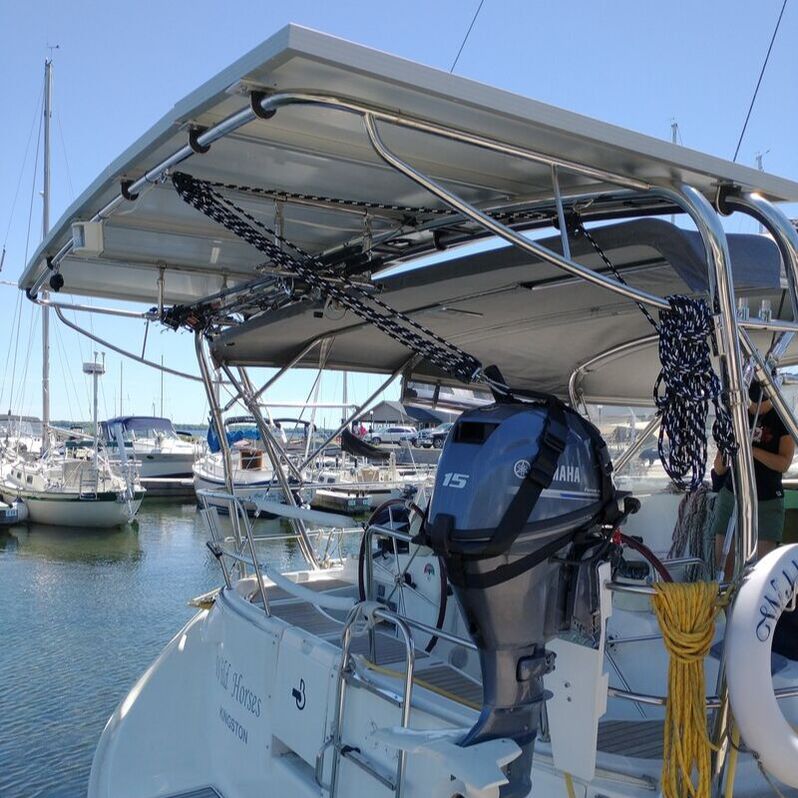
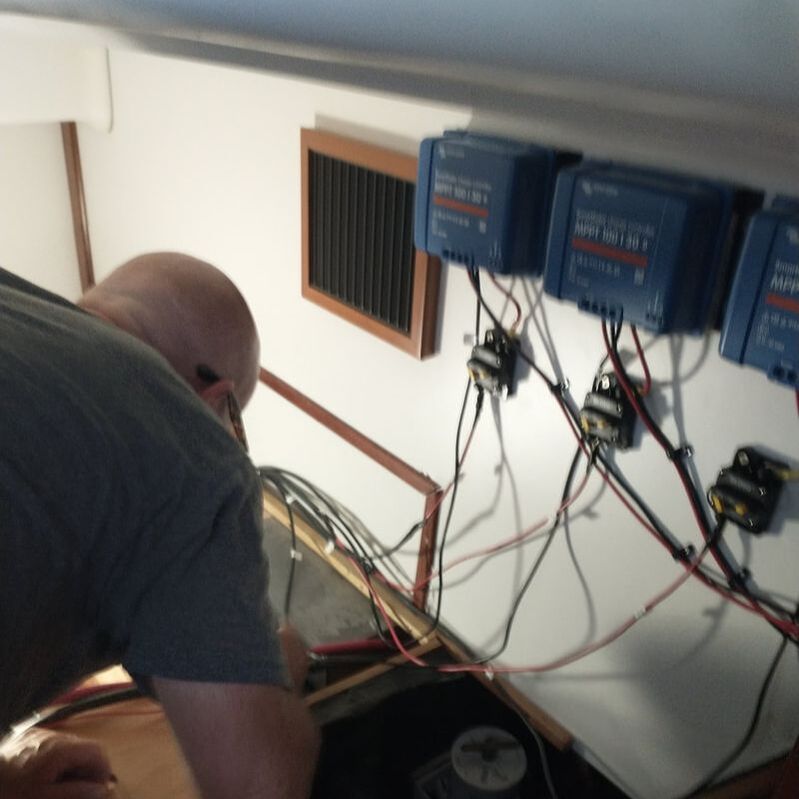
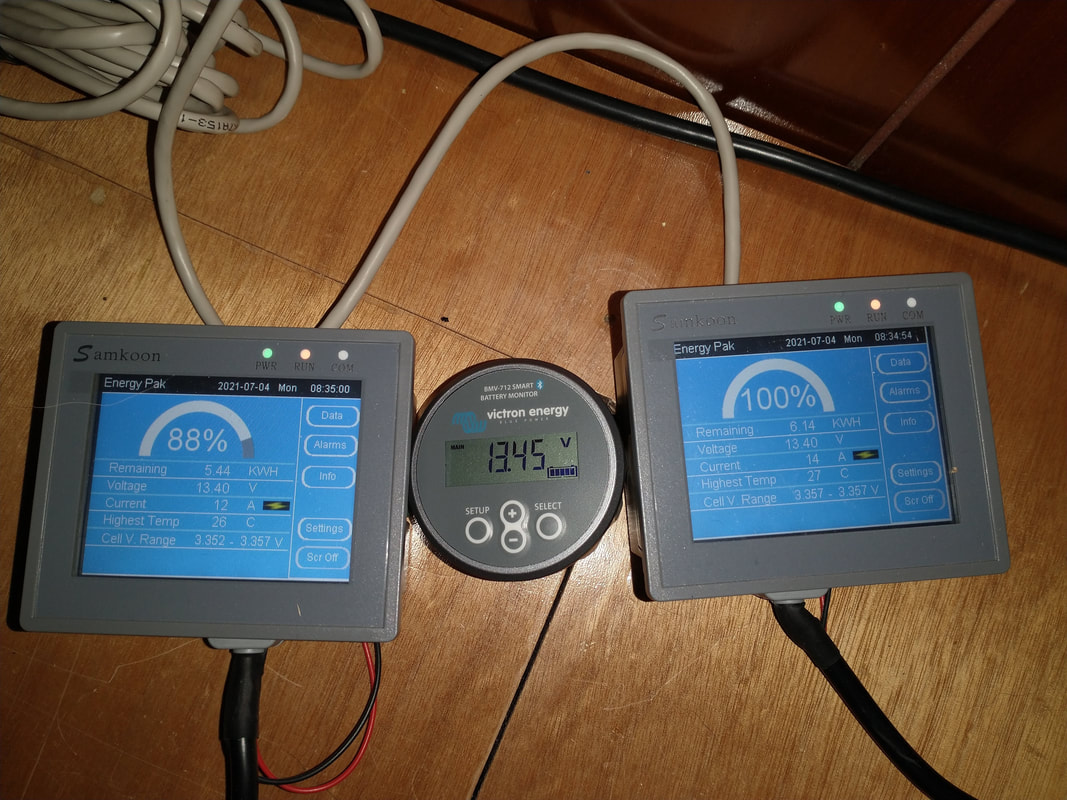
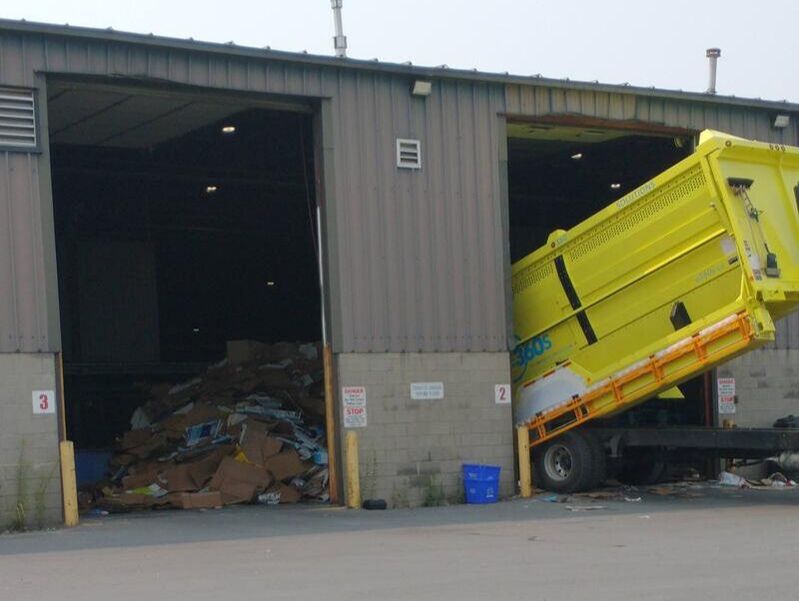
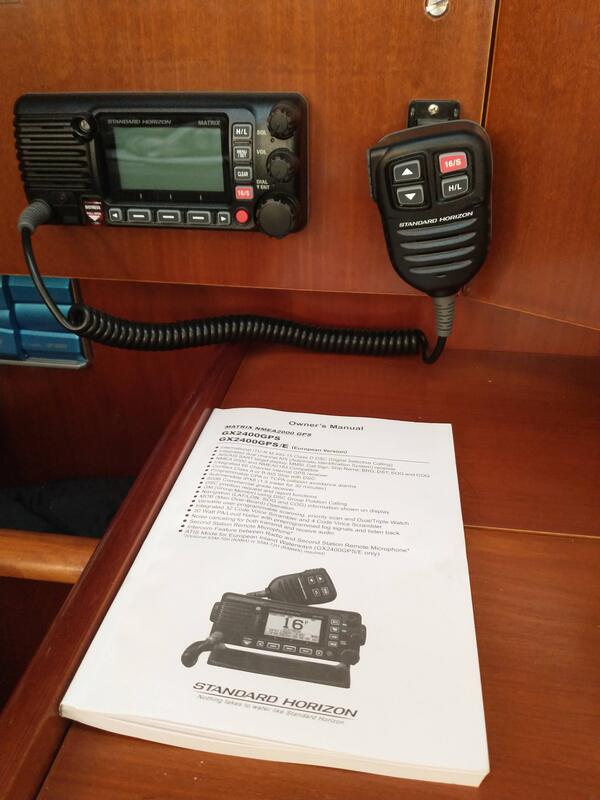
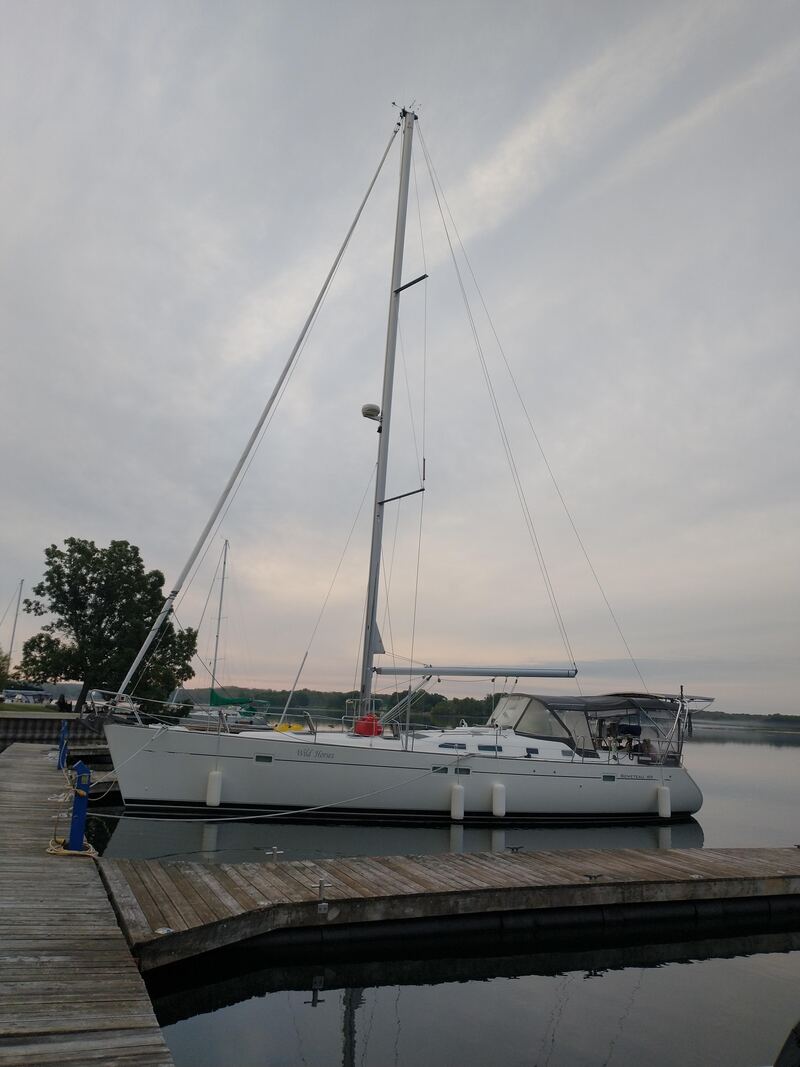
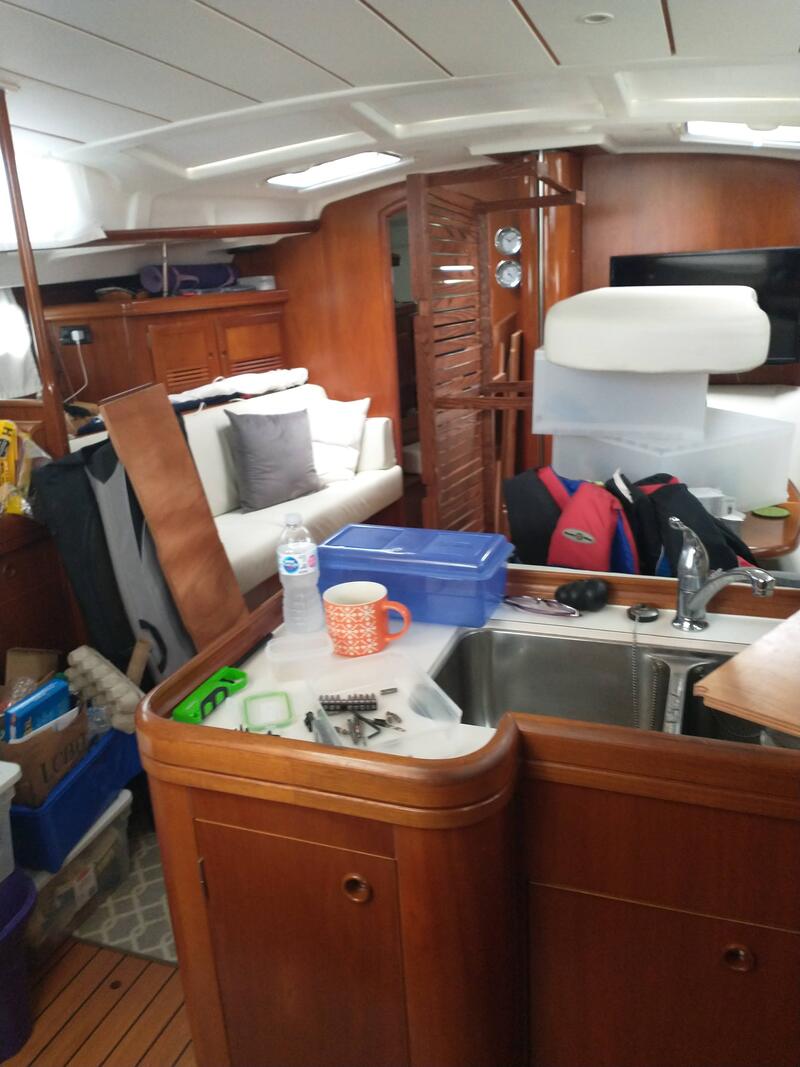
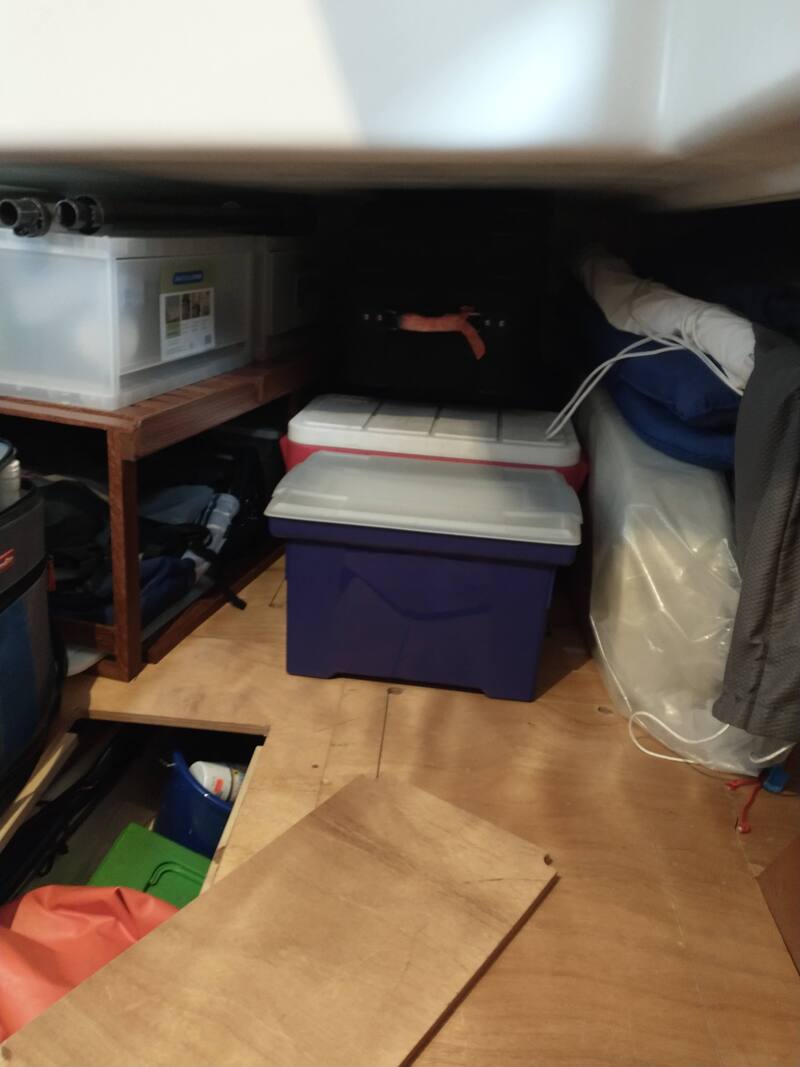
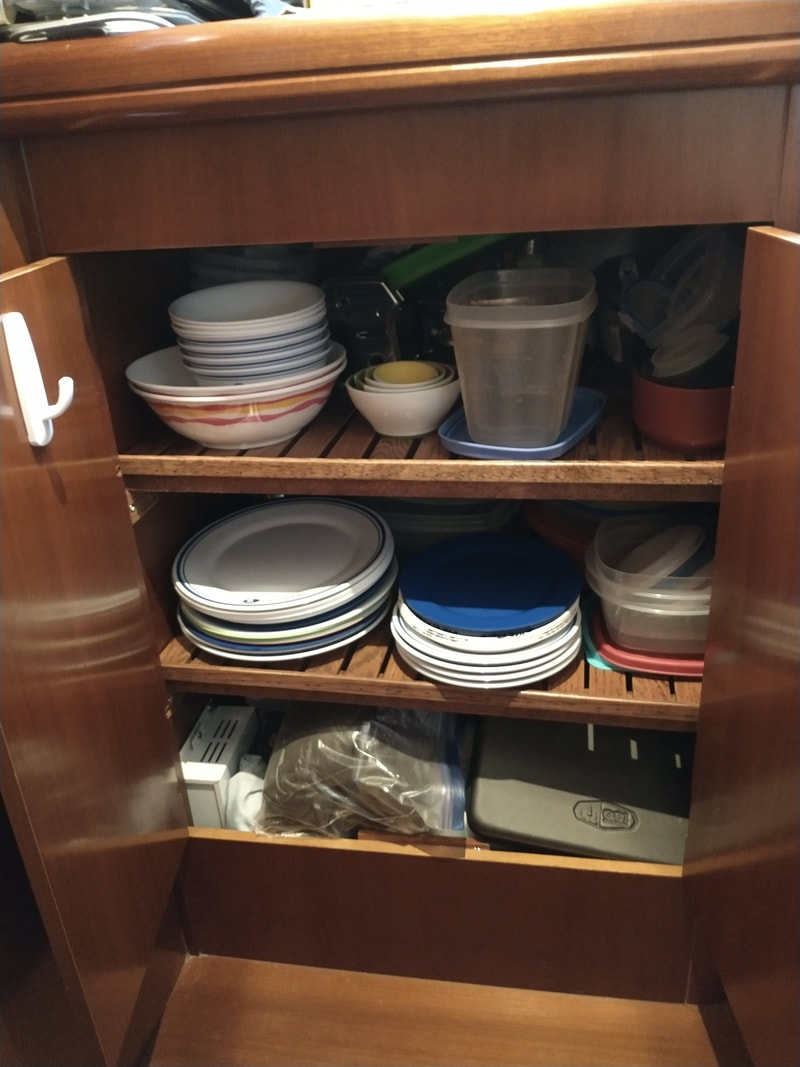
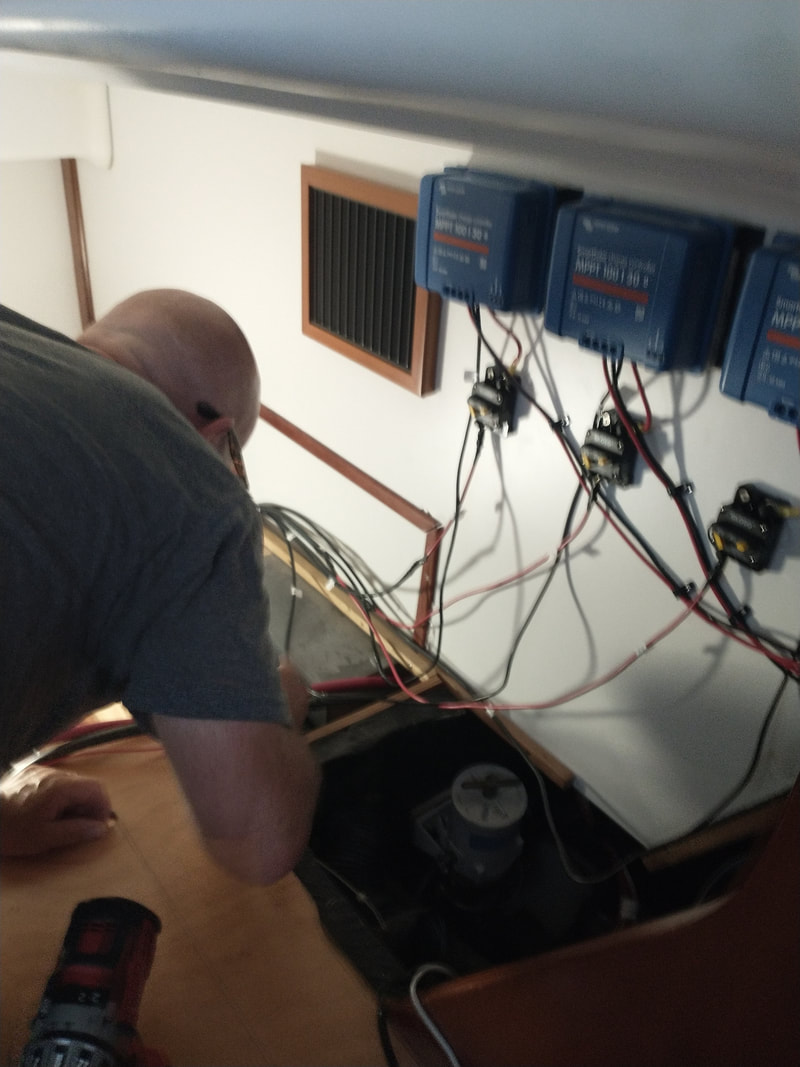
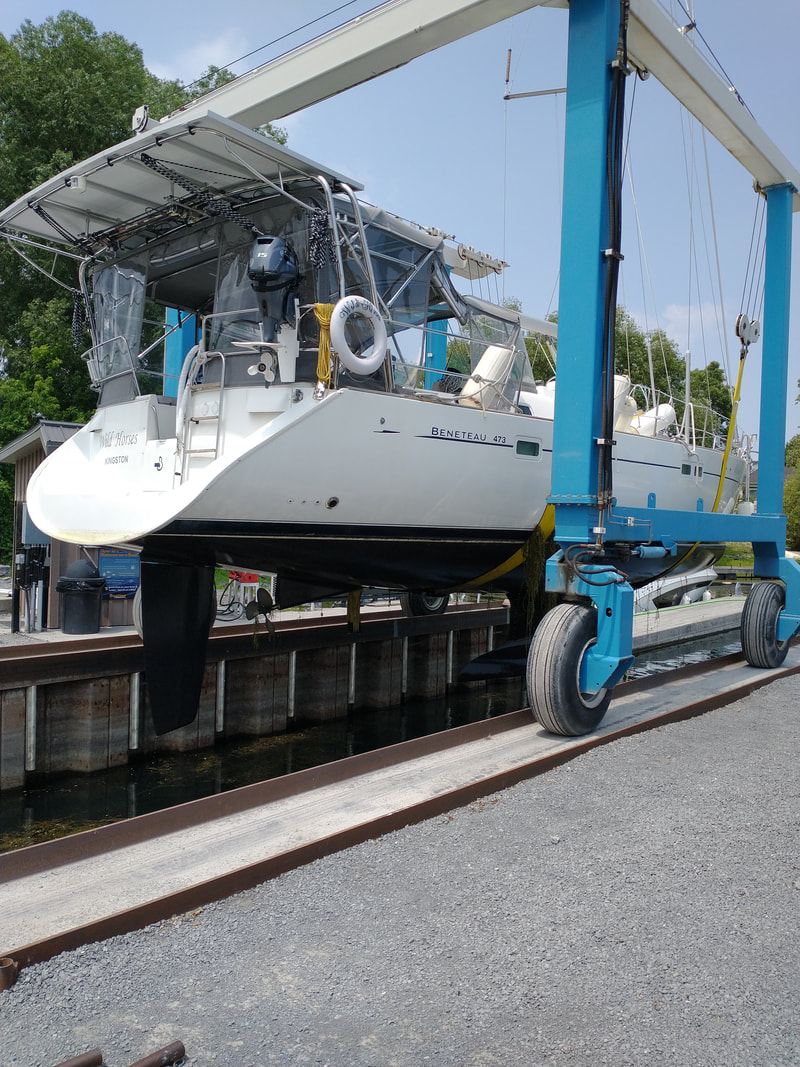
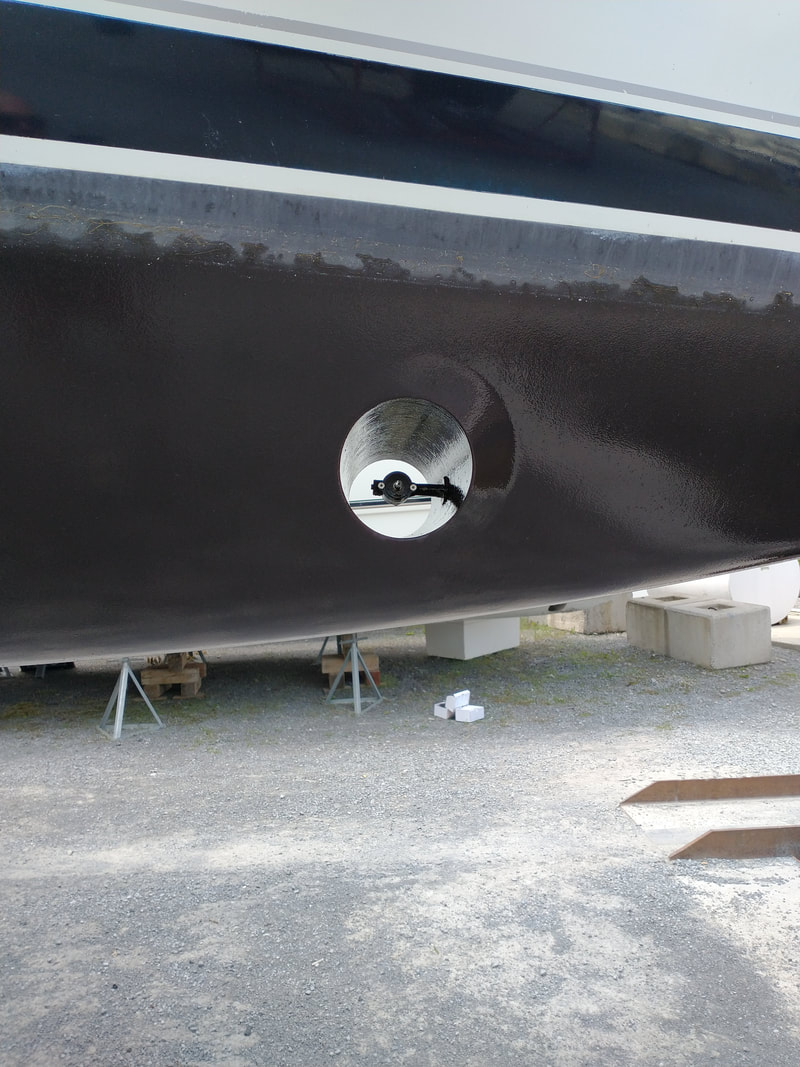
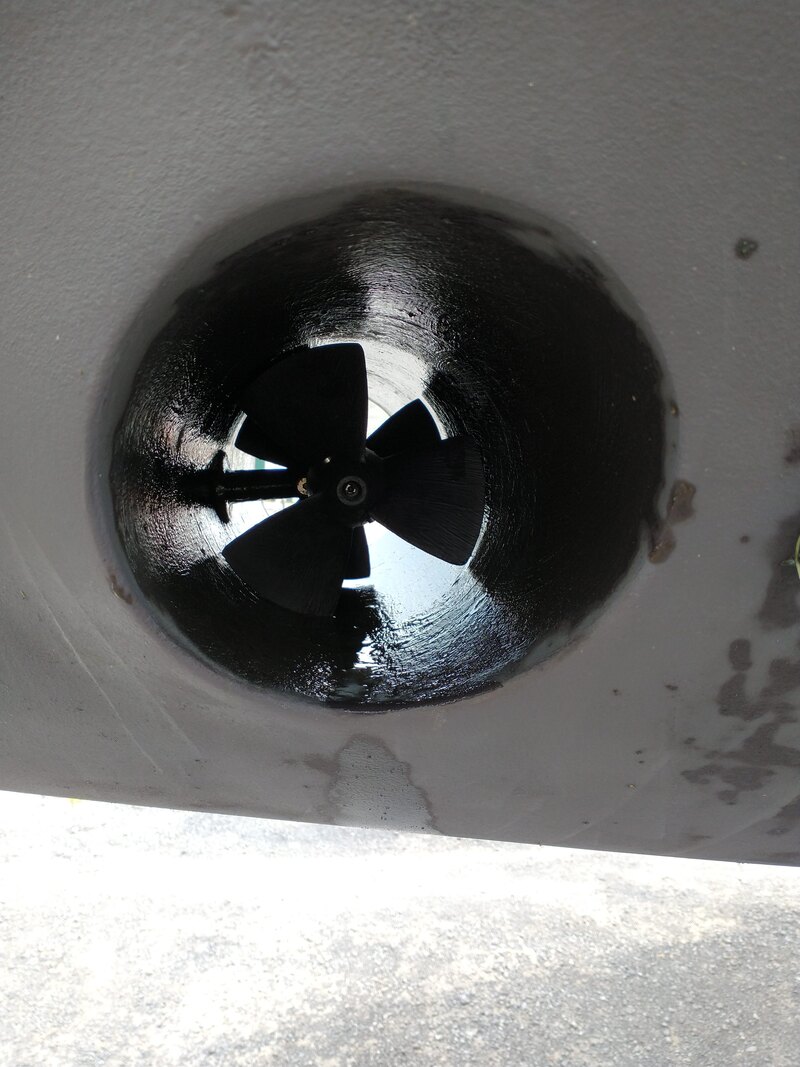
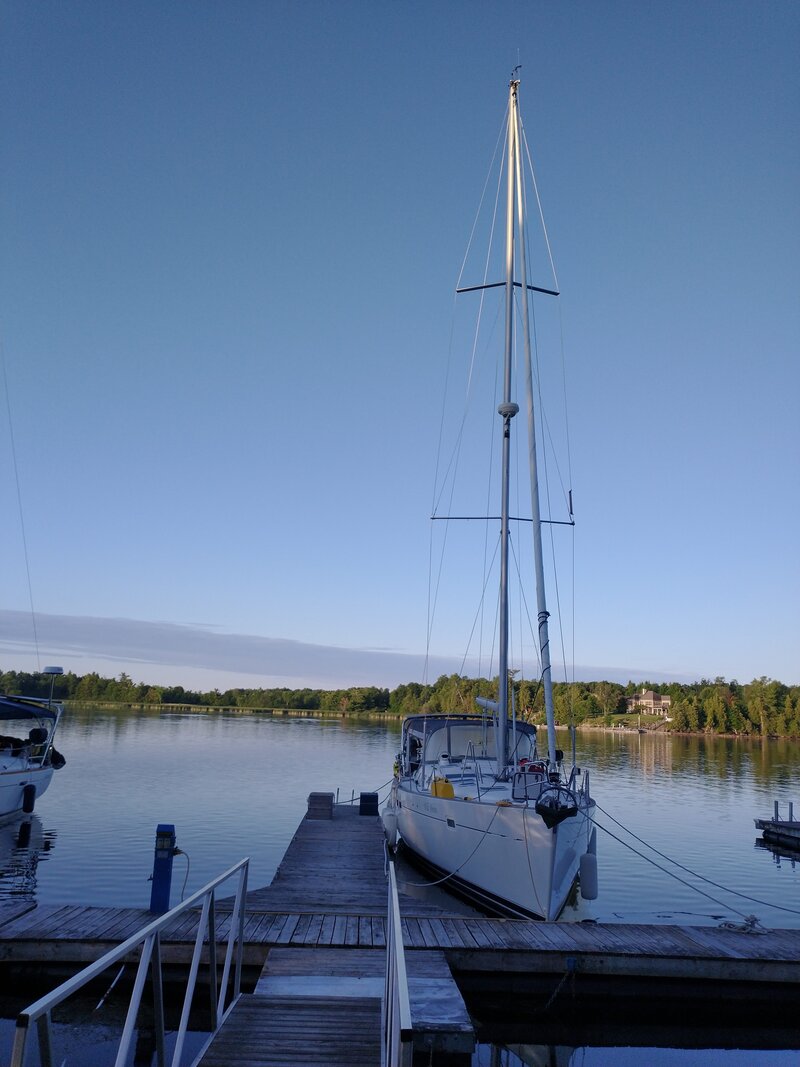
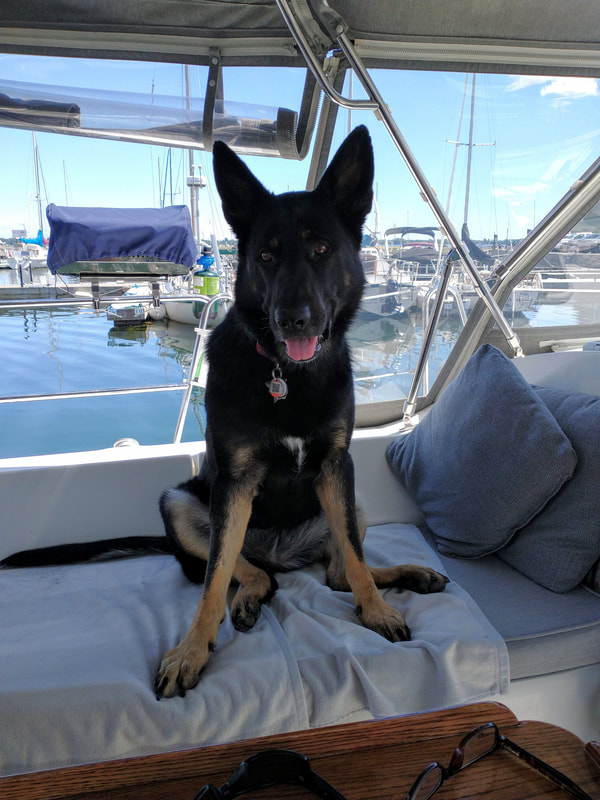
 RSS Feed
RSS Feed
